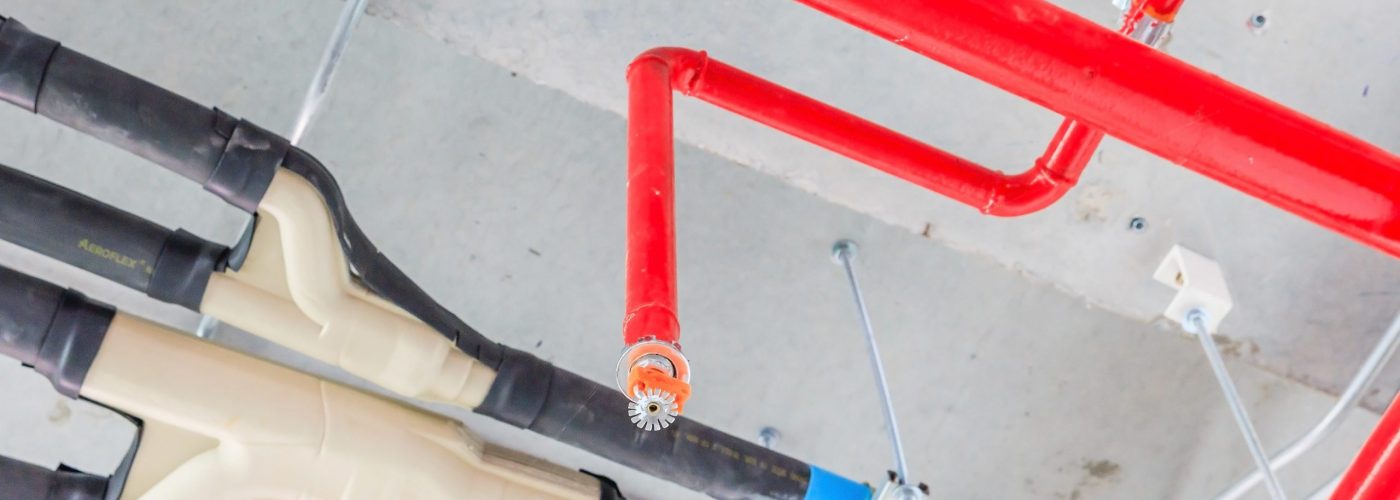Specialist supplier AEI Cables has won support from a major industry body for its campaign highlighting the need for the highest quality of cabling for use in sprinkler systems.
The Institution of Fire Prevention Officers (IFPO) is supporting the call for the need to ensure reliable continuous power for sprinkler systems. New blocks of flats of six storeys or higher could require sprinkler systems under new Government plans being considered in the wake of various fire disasters.
Martin Dunne of the IFPO said: “We support the move towards increased use of sprinklers especially in tower blocks and the use of quality products including cables which ensure they will continue to operate in the event of a real fire.
“The recent advances in fire alarm technology will continue to give an early warning of a fire in its initial stages giving everyone the opportunity to use valuable time to evacuate the building.
However, we must always remember that even the best super designed fire alarm system will not extinguish a fire.
“A sprinkler system always goes one step further as well as detecting a fire and raising the alarm it will also extinguish the fire to protect the structure by suppressing the fire developing further to protect the escape routes from the building even when unoccupied.”
Under current guidelines, sprinkler systems are required for buildings of 30 metres – approximately 10 floors – or higher, but ministers are proposing to decrease this to 18 metres, approximately six floors and an announcement is expected soon.
The IFPO is a professional fire safety membership body promoting the advancement of fire safety education which encourages the appraisal, evaluation, research and study in the field of fire safety. It represents the interests of members on bodies and committees dealing with statutory controls, regulations, standards and codes of practice and maintains an approved Competency Council Register of Fire Risk Assessors.
The tried and tested generation of AEI Cables’ fire performance cabling ensure critical fire-safety circuits can continue to operate in the event of a fire from 30 minutes up to 120 minutes and often support systems which provide intelligence for the fire and rescue services.





